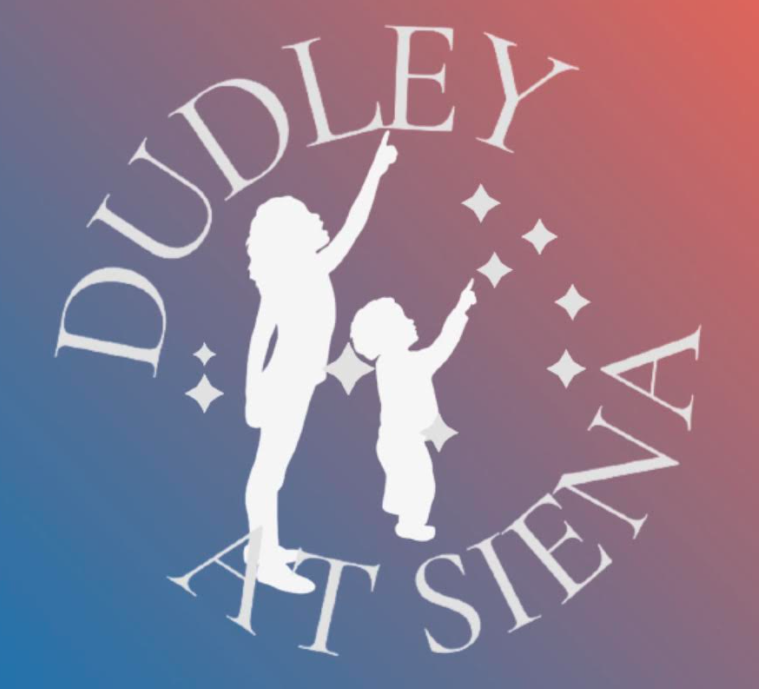Skywatch Line for Friday, June 27, through Sunday, June 29, written by Sam Salem
This is Dudley Observatory’s Skywatch Line for Friday, June 27, through Sunday, June 29, written by Sam Salem.
On Friday, Sun rises at 5:19am and sets at 8:38pm; Moon rises at 7:25am and sets at 10:50pm.
On Friday evening the Moon will be close to Mercury and the twin stars of Gemini, Pollux and Castor. They’ll set a few hours after sunset.
Mercury remains very low in the afterglow of sunset. Look for it a little above west-northwest horizon, about 40 to 60 minutes after sundown. Mercury is slowly fading to magnitude +0.2 by Friday.
Shortly after sunset on Saturday, the waxing crescent Moon will lie between Mercury and Regulus.
On Sunday, the Moon will lie closer to Mars. Mars is drawing farther away from Regulus in the west after dark. By Friday, they will be 6° apart. Regulus is moving farther to Mars’s lower right. In a telescope, Mars is a tiny blob, 5 arcseconds wide. It lies in a poor seeing condition toward the horizon.
Venus, magnitude –4.3 in the constellation of Aries, rises above the east-northeast horizon, about a half hour before the start of dawn. Venus climbs higher until the dawn sky grows too bright for it. In a telescope Venus’s shrinking appears slightly gibbous, 60% sunlit.
Saturn, magnitude +1.0 at the border of Aquarius and Pisces, rises around 1 am. Look for it just before and during early dawn. It lies about four or five fists to the upper right of Venus. Use a telescope to view Saturn just as dawn is beginning. This is the time when Saturn is about 30° high out of the worst seeing but still stands out against a reasonably dark sky. Saturn’s rings are nearly edge-on to us this year.
Neptune, at magnitude 7.9, lies about 1° from Saturn. Catch Neptune before dawn begins. Use a finder chart for Neptune with respect to Saturn.
Vega, the brightest star in the small constellation Lyra the Harp, is prominent in northern summer skies. It’s a corner of the Summer Triangle star pattern. Vega shines at magnitude 0.03. This makes it the 5th brightest star in Earth’s sky and the 2nd brightest star in the Northern Hemisphere.
Look directly overhead on summer evenings in the Northern Hemisphere and look for the constellation of Lyra. The brightest star closest to the zenith on a summer night after the sky gets dark is Vega. Once you find Vega, wait until your eyes are dark adjusted then look for the parallelogram hanging below it, forming the constellation’s shape.
Try to see the Milky Way this weekend if you have a dark sky. The Milky Way runs just inside the Summer Triangle’s bottom edge. This stretch of the Milky Way includes the Cygnus Star Cloud, one of one of its richest regions. When we look toward Cygnus, we’re looking downstream through the local arm of our galaxy.
